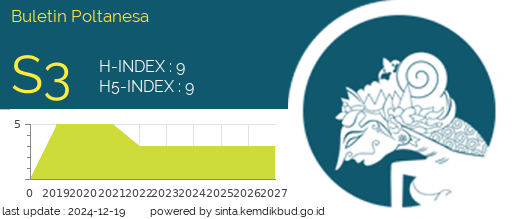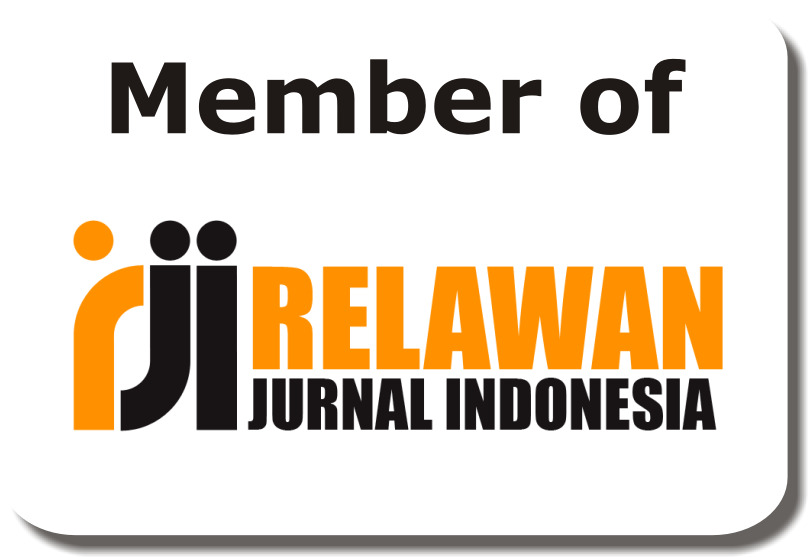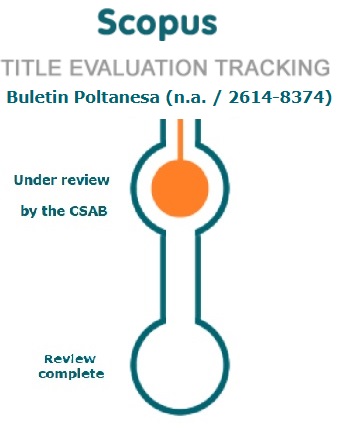Aesthetics Asu Sengi Temple
DOI:
https://doi.org/10.51967/tanesa.v25i1.3039Keywords:
Asu Sengi Temple, Aesthetics, Dewitt ParkerAbstract
The Indonesian nation is rich in tradition and history. The historical cultural heritage spread widely from Sabang to Merauke shows that Indonesia is a great nation that has cultural historical roots since ancient times. One of the historical and cultural relics includes temples, sacred buildings which became icons of Indonesian civilization until the 17th century. The temple is an iconic building that is proof of the greatness of the Indonesian nation because it was built with high architectural calculations and technology and has a religious meaning that is rich in transcendental values. The temple is an ancient site in the form of a building that functions as a place of worship for followers of Hinduism and Buddhism. Temples are places of dharma, or burial places for certain kings, for example Kidal Temple, which is identified as the dharma of King Anusapati, while Candi Singosari is identified as the Dharma of Kertanegara as Shiva. However, in the Central Java and Yogyakarta regions, temples usually function as places of worship where Hindus and Buddhists carry out religious rituals. Nowadays, the temple functions more as a historical site that can attract tourists, both local and foreign.
References
Arifin, F. (2015). Representation of Hindu temple symbols in human life: An anthropological linguistic study. Humanities Research Journal, 16, (2), 12-20..
Basahona, Ato. 2016. Pengertian obyek. https://www.atobasahona.com/2016/07/pe ngertian-objek-wisata.html. 5 Februari 2017
BPCB Jateng. (2016). Sengi Temple Complex (Asu Temple, Pendem Temple, and Lumbung Temple). Available at.: http://kebudayaan.kemdikbud. go.id/bpcbjateng/kompleks-candi-sengi-candi-asu-candi-pendem-dan-candi-lumbung/
Damayanti, Lely Anggi (2018) Strategi Pengembangan Candi Jawar Ombo Sebagai Daya Tarik Wisata Unggulan Di Malang Jawa Timur. Skripsi. STIPAR Yogyakarta.
Hendra, H., Pratama, M. I. L. P., Lahay, R. J., & Hasriyanti, H. (2021). Tourism Geography Learning Content Design. Educational Professional Scientific Journal , 6(3), 529–536
Irsyad, M., Sujadi, A. A., & Setiana, D. S. (2020). Ethnomathematics exploration at Asu Temple, UNION: Journal of Mathematics Education , 8, (1), 11-19.
Jati, S. S. P., & Wahyudi, D. Y. (2015). Situs-situs Megalitik di Malang Raya: Kajian Bentuk dan Fungsi. Jurnal Sejarah dan Budaya, 9(1), 116-128
Kompri, (2015), Educational Management: Elementary Components of School Progress.Manajemen Yogyakarta: Ar-Ruzz Media. 17.
Larisa, Vany. 2018. 15 Candi di Magelang Jawa Tengah Beserta Penjelasannya. http://sejarahlengkap.com/bangunan/cand i-di-magelang. 5 Agustus 2018
Prasetyo, M. E. (2021b). Study of Visual Composition on the Film Serial Netflix Scientific Drama Title the 100 by Jason Rothenberg. Jurnal Titik Imaji, 4(1), 45–64
Pyyry, N. (2016). Learning with the city via enchantment: photo-walks as creative encounters. Discourse, 37(1), 102–115. https://doi.org/10.1080/01596306.2014.929841
Raho, B. (2016). Bernard Raho SVD 2016. Penerbit Ledalero.
Rully, R. (2017). Pengaruh Perubahan Fungsi Public Space Terhadap Kawasan Disekitarnya Studi Kasus Taman Banjarsari Surakarta. Jurnal Teknik Sipil dan Arsitektur, 20(24)
Soekmono. (2017). Temple: meaning and function. Publisher Ombak.
Sudrajat, (2021). The potential of Asu Temple as a social studies learning resource in junior high schools, JIPSINDO (Indonesian Journal of Social Sciences Education): Vol. 8. No. 2 , 150-164
Supatmo. 2019. “Keragaman Seni Hias Bangunan Bersejarah Masjid Agung Demak”, Imajinasi: Jurnal Seni, Volume X, No. 2 – Juli 2016
Wirasanti, N. (2020). Structure and sign system of temple sacred spaces (case of ancient Mataram temples in the IX century AD), Proceedings of the international seminar on inscriptions III: Current research in linguistics, 562-567.
Downloads
Published
How to Cite
Issue
Section
License
Copyright (c) 2024 Buletin Poltanesa

This work is licensed under a Creative Commons Attribution-ShareAlike 4.0 International License.
The copyright of this article is transferred to Buletin Poltanesa and Politeknik Pertanian Negeri Samarinda, when the article is accepted for publication. the authors transfer all and all rights into and to paper including but not limited to all copyrights in the Buletin Poltanesa. The author represents and warrants that the original is the original and that he/she is the author of this paper unless the material is clearly identified as the original source, with notification of the permission of the copyright owner if necessary.
A Copyright permission is obtained for material published elsewhere and who require permission for this reproduction. Furthermore, I / We hereby transfer the unlimited publication rights of the above paper to Poltanesa. Copyright transfer includes exclusive rights to reproduce and distribute articles, including reprints, translations, photographic reproductions, microforms, electronic forms (offline, online), or other similar reproductions.
The author's mark is appropriate for and accepts responsibility for releasing this material on behalf of any and all coauthor. This Agreement shall be signed by at least one author who has obtained the consent of the co-author (s) if applicable. After the submission of this agreement is signed by the author concerned, the amendment of the author or in the order of the author listed shall not be accepted.











